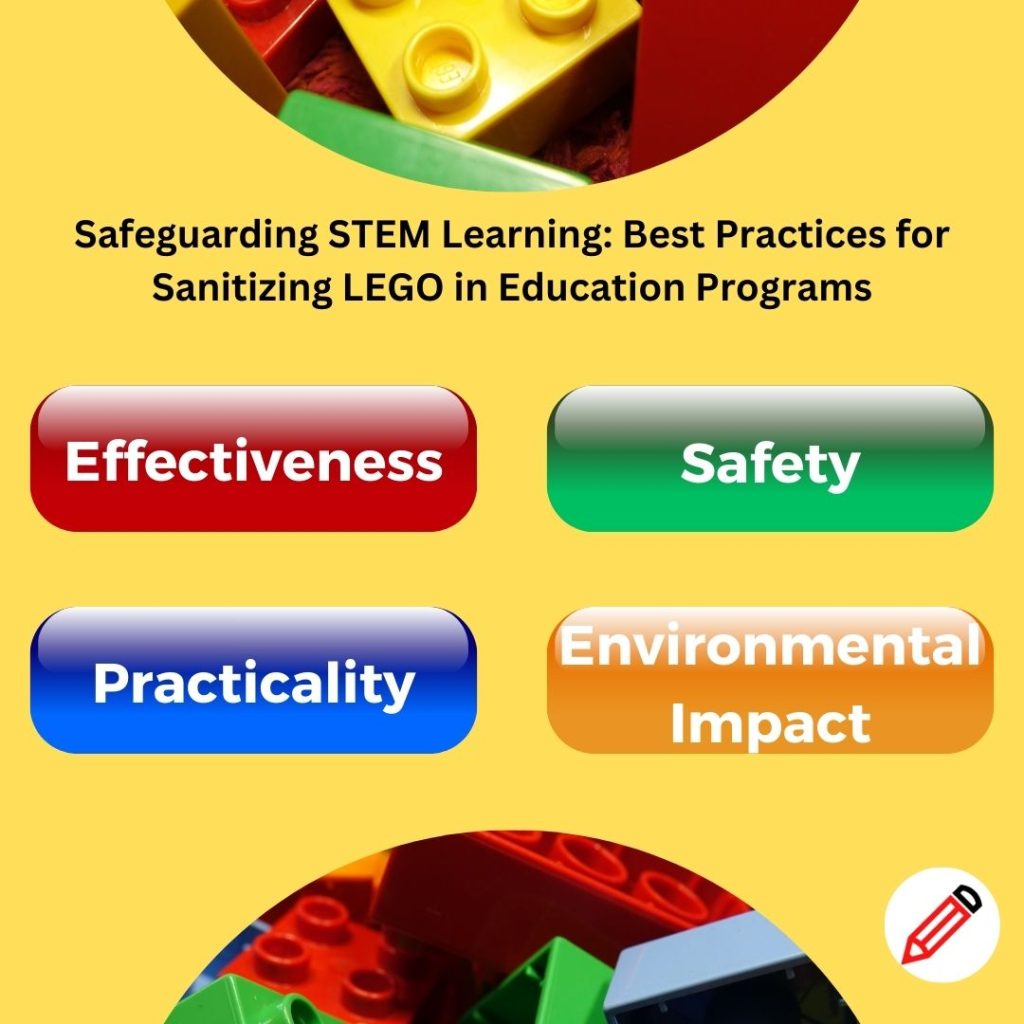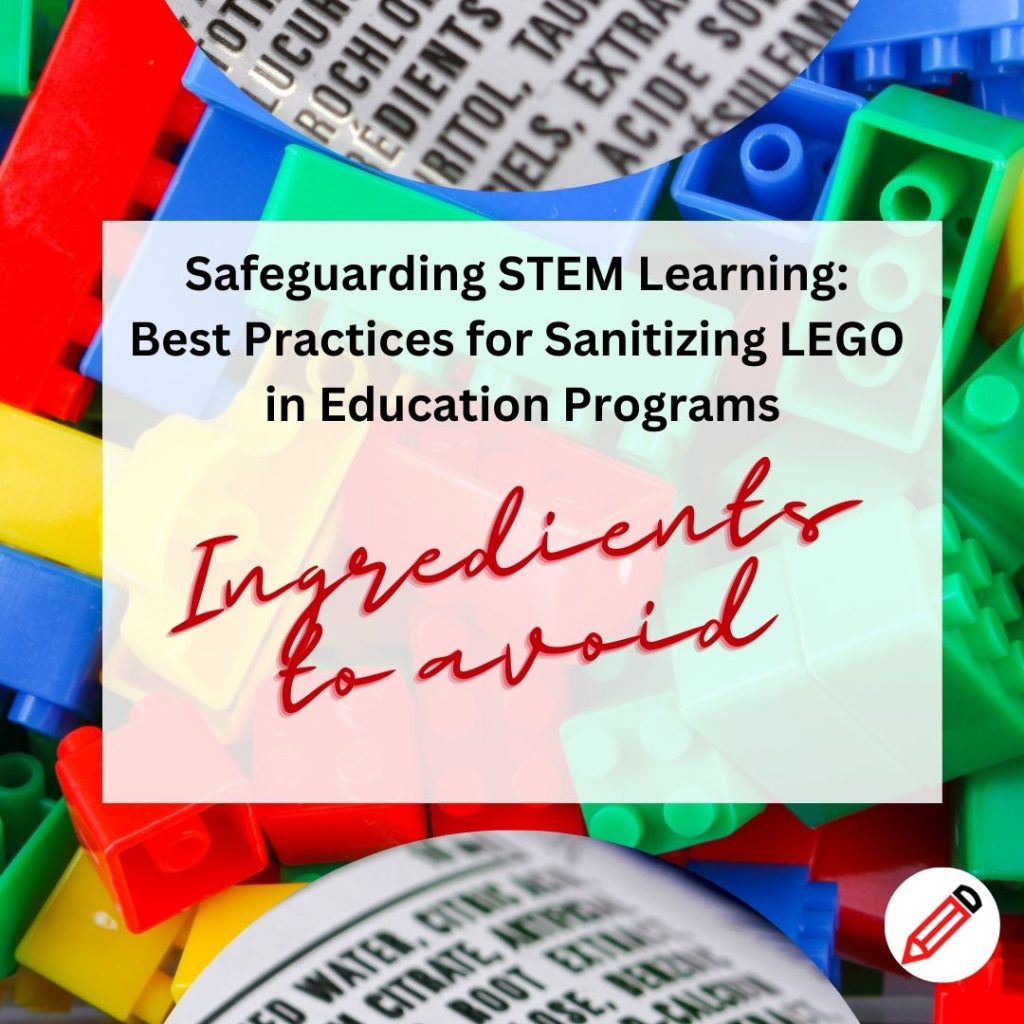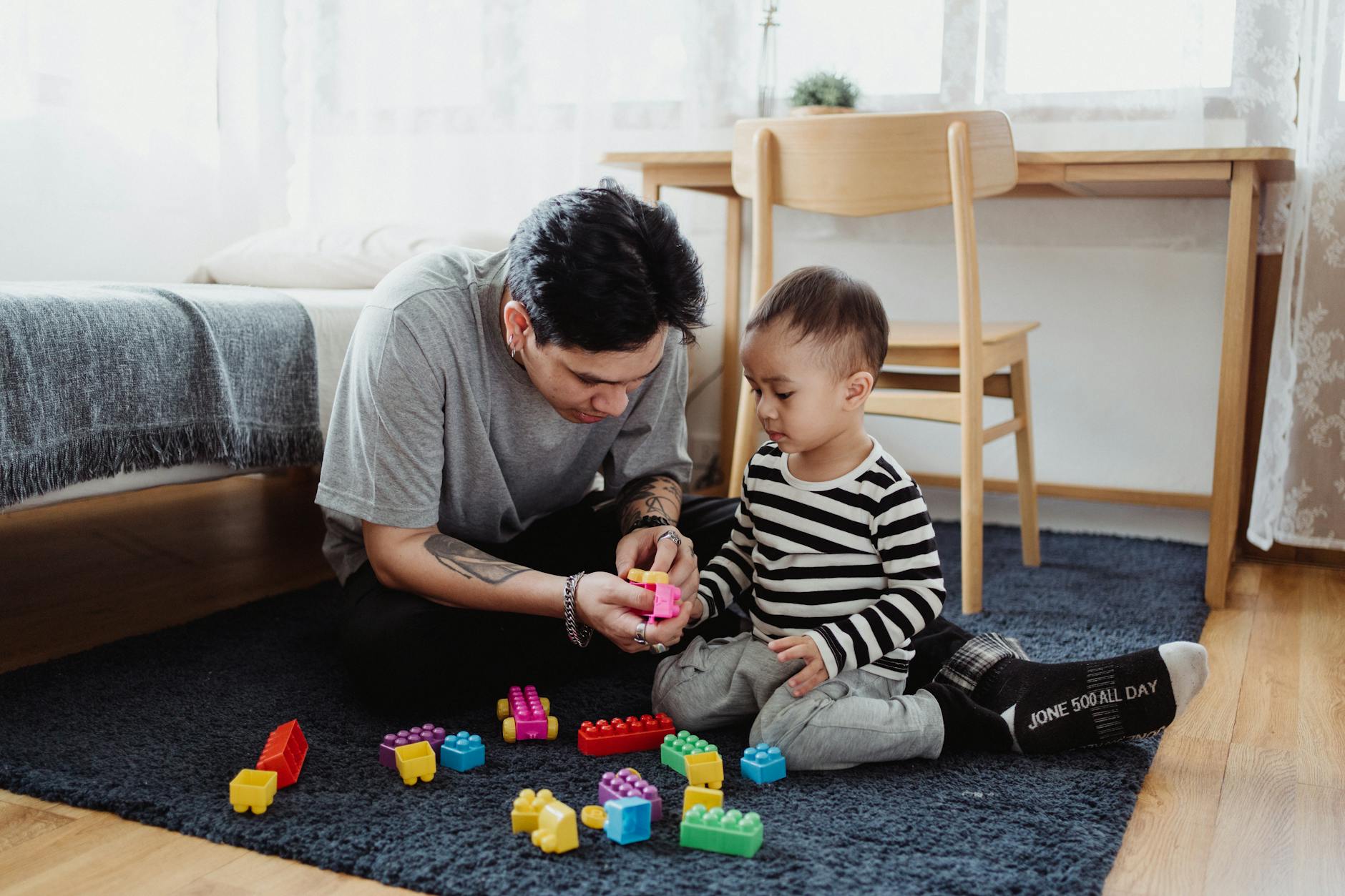In the dynamic realm of STEM education, hands-on learning experiences play a pivotal role in fostering creativity, problem-solving skills, and scientific inquiry. As educators strive to create safe and hygienic learning environments, the proper sanitization of materials and equipment, including LEGO bricks, emerges as a critical consideration. This article explores the importance of sanitizing LEGO used in STEM education programs, highlights key factors to consider when choosing sanitization methods, and offers recommendations for effective and safe sanitization practices.
The Importance of Sanitizing LEGO in STEM Education Programs:
LEGO bricks serve as versatile tools for engaging students in STEM activities, from building robots to exploring architectural concepts. However, as LEGO pieces are handled by multiple students and educators, they can harbor germs and bacteria that pose potential health risks, especially in group learning environments. Proper sanitization of LEGO promotes a hygienic learning environment, and may reduce the risk of illness transmission.
Considerations for Choosing Sanitization Methods:

While sanitizing LEGO is crucial, it is equally important to select sanitization methods that effectively eliminate germs without compromising the integrity or safety of the LEGO pieces. Some key considerations when choosing sanitization methods include:
- Effectiveness: The chosen sanitization method should be capable of eliminating a broad spectrum of germs and bacteria, including common pathogens such as bacteria and viruses.
- Safety: Sanitization methods should be safe for both the LEGO pieces and the individuals handling them. Harsh chemicals or cleaning agents may damage the LEGO bricks or pose health risks to students and educators such as allergic reactions, sensitivities or respiratory issues. It is essential to choose products that are free from common allergens and irritants to ensure the safety and well-being of students and educators alike.
- Practicality: The sanitization method should be practical and feasible to implement within the educational setting, taking into account factors such as time constraints, equipment availability, and ease of implementation.
- Environmental Impact: Consider the environmental impact of the sanitization method, opting for eco-friendly solutions whenever possible to minimize the ecological footprint of the STEM education program.
Ingredients to Avoid in Sanitization and Cleaning Products:

When selecting cleaning products for sanitizing LEGO and other educational materials, it is essential to avoid ingredients that may pose health risks or cause damage to the LEGO pieces. Some top ingredients to avoid in sanitization and cleaning products include:
- Bleach: While effective at killing germs, bleach can be harsh on LEGO pieces and may cause discoloration or degradation of the plastic material.
- Ammonia: Ammonia-based cleaners can emit strong fumes and may irritate the respiratory system, posing health risks to students and educators.
- Phthalates: Phthalates are chemical additives commonly found in cleaning products and plastics, and they have been linked to adverse health effects, particularly in children.
- Triclosan: Triclosan is an antimicrobial agent often found in antibacterial soaps and cleaners, but it has been associated with environmental concerns and may contribute to antibiotic resistance.
- Fragrances: Fragrances in soap and wipes can trigger allergic reactions in individuals with sensitivities or allergies.
- Formaldehyde: Formaldehyde-releasing agents are sometimes used as preservatives in soap and wipes, but they can trigger allergic reactions and respiratory issues.
- Methylisothiazolinone (MI): MI is a common preservative in cleaning products and can cause allergic contact dermatitis.
Using Sunlight or UV Light for Sanitizing LEGO:
Sunlight and UV light have been suggested as potential methods for sanitizing LEGO due to their germicidal properties. While exposure to sunlight or UV light may help to reduce microbial contamination on LEGO surfaces, it is essential to note that these methods may not effectively eliminate all types of germs and bacteria. Additionally, prolonged exposure to sunlight may cause fading or discoloration of LEGO pieces, particularly those with vibrant colors or special coatings.
Top Recommendations for LEGO Sanitization Methods:
- Soap and Water: One of the most effective and gentle methods for sanitizing LEGO is to wash the pieces with mild soap and warm water. This method helps to remove dirt, oils, and germs from the LEGO surfaces without causing damage to the plastic material.
- Alcohol: Disinfectant wipes containing alcohol can be used to sanitize LEGO pieces quickly and conveniently. Ensure that the wipes are suitable for use on plastic surfaces and follow the manufacturer’s instructions for proper disinfection.
- Hydrogen Peroxide Solution: Diluted hydrogen peroxide solution (3% concentration) can be used as a non-toxic disinfectant for LEGO pieces. Simply soak the LEGO bricks in the hydrogen peroxide solution for several minutes, then rinse thoroughly with water and allow them to air dry.
- Dishwasher Method: LEGO pieces can be placed in a mesh bag or laundry bag to prevent them from getting lost or damaged during the washing cycle. Use a gentle dishwasher detergent and run the LEGO pieces through a dishwasher cycle on a low-temperature setting. Avoid using high temperatures or harsh detergents, as they may cause warping or discoloration of the LEGO bricks. After the cycle is complete, allow the LEGO pieces to air dry thoroughly before use.
- Vinegar Solution: A solution of equal parts water and white vinegar can be made in a container large enough to submerge the LEGO pieces. Allow the LEGO bricks to soak in the vinegar solution for at least 30 minutes to effectively sanitize them. After soaking, rinse the LEGO pieces with water to remove any vinegar residue, then allow them to air dry completely.
- Steam Cleaning: A handheld steam cleaner with a nozzle attachment can be used to sanitize LEGO pieces effectively. The high temperature of the steam helps to kill germs and bacteria on the LEGO surfaces without the need for harsh chemicals. Hold the steam cleaner nozzle close to the LEGO pieces and move it across the surfaces to ensure thorough sanitization. After steam cleaning, allow the LEGO pieces to cool and dry completely before handling.
In conclusion, the proper sanitization of LEGO in STEM education programs is essential for maintaining a safe learning environment. Educators should prioritize effective, safe, and practical sanitization methods while avoiding harsh chemicals or ingredients that may pose health risks or cause damage to the LEGO pieces. By implementing appropriate sanitization practices, educators can promote student health and well-being while fostering a supportive and engaging learning environment for STEM education.
===
Interested in teaching medical literacy pain free? Shop medical literacy resources!

This article was drafted by ChatGPT and edited by Joan Lee Tu, the founder of MedULingo.com.
You may also be interested in the following:
Preventing Contact Allergies in Kids: A Guide for Parents – FREE DOWNLOAD
Preventing Contact Allergies Tip Sheet – FREE DOWNLOAD
Consumer Literacy Scavenger Hunts – FREE DOWNLOAD
Safe Science: Guidelines for Handling Chemicals in Kids’ Science Activities
Safeguarding STEM Learning: Best Practices for Sanitizing LEGO in Education Programs
The Great Debate: Soap vs. Sanitizer in STEM Education Programs
How to Accommodate People with Contact Allergies
Why Medical Literacy Needs To Be In Your School STEM Program
Why a Robust STEM Education Program Needs to Include Medical Literacy
20 Benefits of Including Medical Literacy in Your STEM Program
How Medical Literacy Activity Books Empower Learners in STEM Education
How to Empower Future STEM Innovators with Self-Directed Learning in Medical Literacy
Why STEM Education Needs Medical Literacy to Foster Healthcare Innovators
Why You Need Diverse Learning Modalities for Medical Literacy

